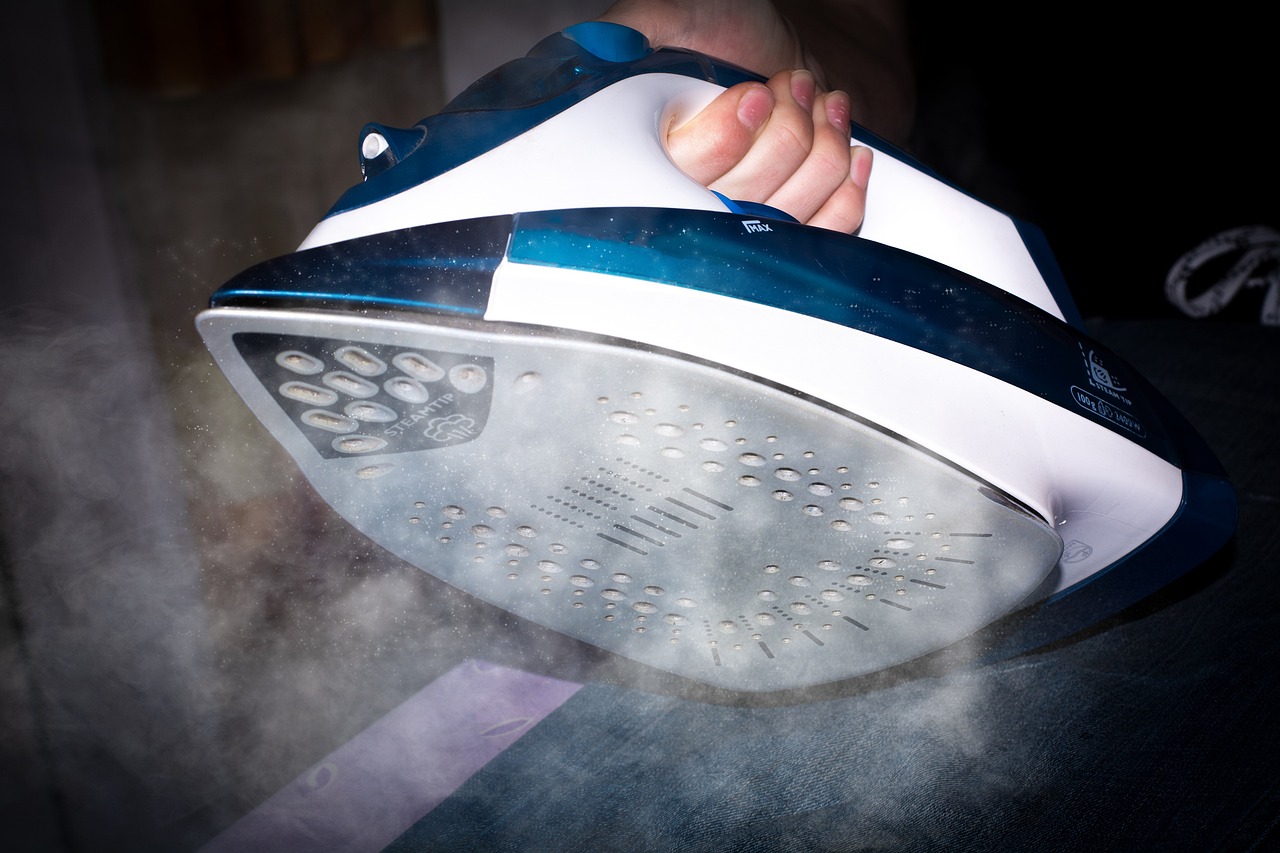Is It Possible to Use an Iron for Sublimation in 2025? Essential Tips and Pitfalls to Avoid
Sublimation printing is a powerful and popular method for transferring vibrant, long-lasting designs to various products like t-shirts, mugs, and other custom items. It’s commonly used in the crafting world and even in small businesses. When starting with sublimation printing, many beginners often wonder whether they can use a regular iron instead of a heat press machine. In this article, we’ll explore whether it’s feasible to use an iron for sublimation in 2025 and provide essential tips and pitfalls to avoid for achieving optimal results.
What is Sublimation Printing?
Sublimation printing is a process where special sublimation ink is turned into gas under heat, and this gas bonds directly with polyester fabric or other sublimation-friendly materials. This process creates durable, vibrant, and permanent designs because the ink doesn’t sit on top of the material—it becomes part of it.
Typically, sublimation requires precise heat and pressure, making it ideal for heat press machines, which are designed to provide consistent pressure and temperature for successful transfers.
Can You Use an Iron for Sublimation Printing in 2025?
Using an iron for sublimation printing is not the ideal method. While it is technically possible, there are several limitations and challenges you will face when trying to use an iron instead of a heat press. In 2025, the technology for sublimation printing is highly advanced, and using an iron just doesn't provide the same consistent results that a heat press does.
Why an Iron Isn’t Ideal for Sublimation Printing
- Inconsistent Pressure: A heat press applies even and consistent pressure across the entire surface of your material. In contrast, an iron doesn’t distribute pressure evenly, leading to areas where the design might be more or less saturated, causing an uneven transfer.
- Temperature Control: Heat presses come with precise temperature controls, which are crucial for sublimation printing. Irons are not as accurate when it comes to maintaining the desired temperature. Too much heat can scorch your material, while too little heat can result in a poor or incomplete transfer.
- Lack of Even Heat Distribution: The sole plate of an iron, though heated, only provides a limited amount of contact surface and doesn’t cover the entire design area. For sublimation to work correctly, the entire design needs to receive even and sufficient heat for the ink to transfer effectively.
- Risk of Wrinkling: When using an iron, there is a risk of wrinkling the material during the pressing process, which can lead to issues with both the design transfer and the appearance of the final product.
What Are the Benefits of Using a Heat Press Instead?
While using an iron might seem like an accessible alternative, the benefits of a heat press far outweigh those of an iron. Here’s why:
- Consistent Heat and Pressure: A heat press applies even, constant pressure, which is necessary for the sublimation ink to bond properly with the material. This results in more vibrant and accurate designs.
- Larger Surface Area: Heat presses are designed with large platen sizes that allow you to transfer designs to bigger materials, such as t-shirts, larger mugs, and full-size blankets, efficiently. An iron, however, limits you to much smaller, less detailed designs.
- Precision: A heat press machine offers precise control over temperature, pressure, and time settings, ensuring that your sublimation prints turn out consistently perfect.
- Durability: With a heat press, the designs are more durable because the heat and pressure are evenly applied, which leads to better adhesion and longevity.
Tips for Using an Iron for Sublimation (If You Must)
If you don’t have access to a heat press and still wish to experiment with sublimation using an iron, here are a few tips to help you achieve better results:
1. Use a High-Quality Iron
If you must use an iron, invest in a high-quality one that allows you to control the temperature settings. Irons that have adjustable heat settings are more suitable for sublimation printing than basic models. Make sure your iron has a steam-off function, as steam can negatively affect the transfer.
2. Preheat Your Fabric or Material
Before applying the design, preheat your material for a few seconds to remove any moisture and wrinkles. This helps the design adhere more effectively to the material.
3. Apply Even Pressure
Try to apply even pressure when using the iron. Since the iron’s surface is smaller than that of a heat press, focus on moving the iron back and forth over the design area in a consistent manner to ensure that the transfer is as even as possible.
4. Use a Heat Transfer Pillow or Foam
To achieve more even pressure, you can use a heat transfer pillow or foam underneath your material. This will help to create a more uniform pressure and avoid uneven transfers that could ruin the design.
5. Monitor the Temperature
Be sure to monitor the temperature closely. Too high of a temperature can scorch the fabric, while too low of a temperature might result in a faint or incomplete transfer. Ideally, the iron should be set to a temperature of around 375°F (190°C), which is the general requirement for sublimation transfers.
6. Use Parchment Paper or Teflon Sheets
To avoid direct contact between the iron and the sublimation paper, use parchment paper or Teflon sheets. This will prevent the ink from transferring to the iron and also protect your material from direct heat.
Pitfalls to Avoid When Using an Iron for Sublimation
While it’s possible to use an iron for sublimation, it’s important to be aware of several pitfalls to avoid during the process:
- Inconsistent Results: The lack of even pressure and temperature can result in inconsistent designs, with some areas of your transfer being lighter or more faded than others.
- Irreparable Mistakes: If you apply too much heat or pressure, you could damage your substrate, especially if it's sensitive to heat. Always test the settings first on a small scrap piece.
- Not Suitable for Large Items: Irons are impractical for transferring large designs to larger items like t-shirts, blankets, or large mugs. The small surface area of the iron limits the amount of design that can be transferred effectively.
- Risk of Burning: Without precise control over temperature, there’s a greater risk of burning the material, especially if you’re using polyester or other heat-sensitive materials.
Conclusion
While it is technically possible to use an iron for sublimation printing in 2025, it is not the ideal tool for the job. The inconsistent pressure, lack of precise temperature control, and limited surface area make the process much more challenging compared to using a heat press. If you're serious about sublimation printing, investing in a heat press is highly recommended to achieve professional-quality results.
However, if you're just starting out and don’t have access to a heat press, using an iron may allow you to experiment and learn about the sublimation process. Be prepared for some trial and error, and keep in mind that the quality of your prints may not be as high as with a heat press.
For the best results, always consider investing in a heat press, as it will help ensure your sublimation prints are vibrant, durable, and flawless every time.
References
- Sublimation Printing: What You Need to Know
- How to Use an Iron for Heat Transfer Printing
- Why a Heat Press is Essential for Sublimation



Comments ()